Blogs & News
We are focus on automotive wiring harness & connectors technology.
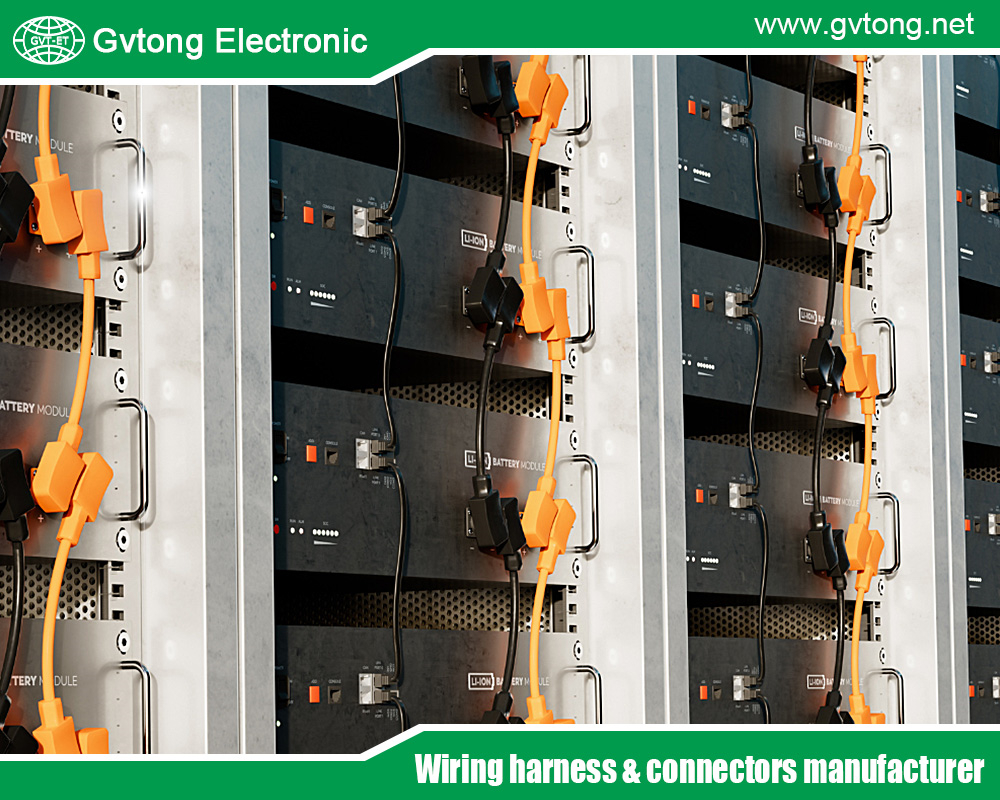
The Role and Technical Advantages of 7-Cavity Connectors
- Gvtong Electronic
- 7-cavity connector, 7-cavity connectors manufacturer, 7-cavity connectors market, 7-cavity connectors supplier, 7-cavity connectors system, ADAS sensor connectors, Anti-vibration automotive connectors, Automated assembly connectors, automotive antenna connector, automotive coaxial connector, automotive electrical connector, automotive High voltage connector, automotive Low voltage connector, automotive Oil-resistant Connectors, Automotive shielded connectors, automotive Signal Connector, automotive waterproof connectors, Battery management system (BMS) connectors, best 7-cavity connectors, Blind-mate automotive connectors, Cost-effective automotive connectors, EV charging connectors, Fuel cell connectors, High-speed data connectors, High-temperature resistant connectors, In-cabin infotainment connectors, Lightweight automotive connectors, Low-contact resistance connectors, Modular automotive connectors, Multi-variation connectors, OEM-specific connectors, Oil-resistant automotive connectors, Pre-charge/discharge connectors, Quick-fit automotive connectors, V2X communication connectors
- No Comments
The Role and Technical Advantages of 7-Cavity Connectors
The automotive industry is undergoing a profound transformation, driven by electrification, autonomous driving, and advanced connectivity. At the heart of this evolution lies the wiring harness, a complex network of electrical connections that relies heavily on specialized components like 7-cavity connectors. These connectors, designed to house seven electrical terminals, provide a robust and versatile solution for transmitting power, signals, and data in modern vehicles. As cars become increasingly sophisticated, integrating high-voltage batteries, sensor arrays, and communication systems, 7-cavity connectors play a critical role in ensuring reliable, efficient, and compact electrical interfaces. This article delves into the role and technical advantages of 7-cavity connectors, examining their design, applications, and alignment with industry trends. By offering a balance of high terminal capacity, durability, and adaptability, these connectors are shaping the future of automotive engineering, enabling the seamless integration of advanced technologies in electric vehicles (EVs), autonomous systems, and connected platforms.
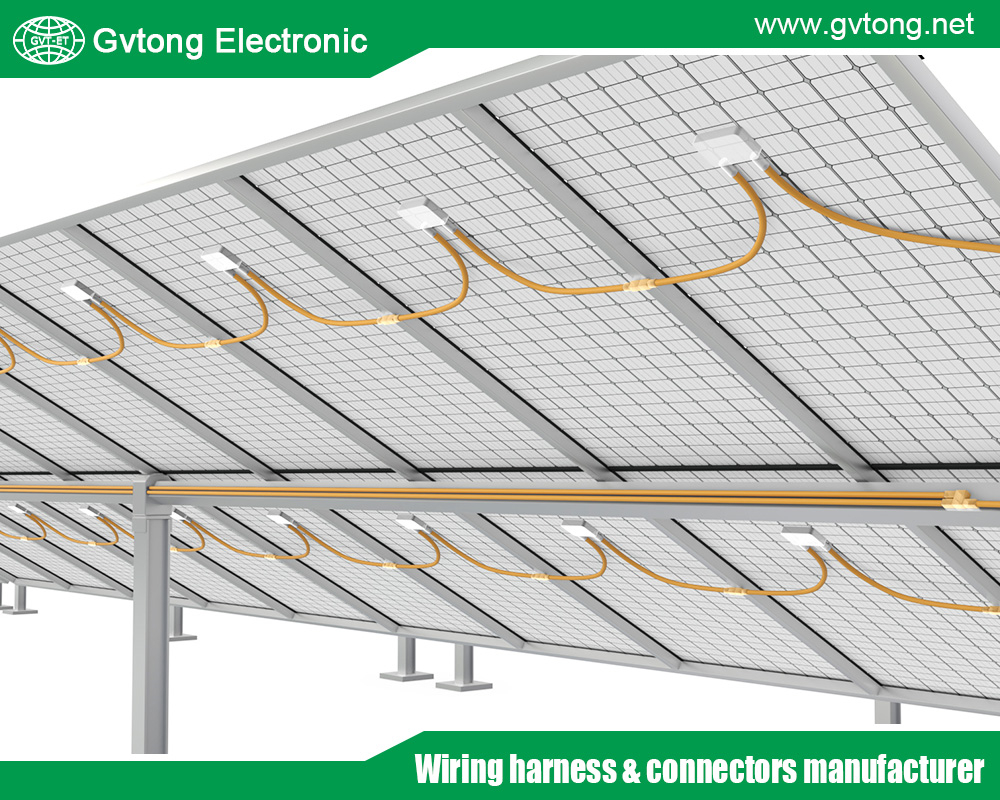
The Role of 7-Cavity Connectors in Automotive Systems
Modern vehicles are complex ecosystems, with electrical systems comprising up to 3,000 meters of wiring and hundreds of connectors. The 7-cavity connector, with its ability to accommodate seven electrical terminals, is a cornerstone of these systems, supporting a wide range of applications from power distribution to data communication. Unlike smaller connectors (e.g., 2- or 3-cavity), the 7-cavity design offers increased capacity, making it ideal for multi-circuit applications requiring multiple power, ground, and signal lines in a single unit.
In electric vehicles, 7-cavity connectors are used in battery management systems (BMS) to connect sensors monitoring voltage, current, and temperature, ensuring safe and efficient battery operation. In internal combustion engine (ICE) vehicles, they support complex engine control units (ECUs), linking components like fuel injectors, throttle position sensors, and ignition modules. For autonomous vehicles, these connectors facilitate high-speed data transmission for advanced driver-assistance systems (ADAS), connecting radar, LIDAR, and camera modules to central processors.
The versatility of 7-cavity connectors extends to infotainment and connectivity systems, where they enable interfaces for audio, USB ports, and vehicle-to-everything (V2X) communication. Their ability to handle moderate power loads (up to 30A) and high-speed data makes them indispensable in hybrid architectures, bridging low- and high-voltage systems. As vehicles evolve into software-defined platforms, 7-cavity connectors ensure reliable electrical interfaces, supporting the industry’s shift toward smarter, greener, and safer mobility.
Technical Specifications of 7-Cavity Connectors
The technical design of 7-cavity connectors is tailored to meet the rigorous demands of automotive environments. These connectors consist of a housing, terminals, seals, and locking mechanisms, each engineered for performance, durability, and compactness. The housing, typically made from high-grade thermoplastics like polybutylene terephthalate (PBT) or polyphenylene sulfide (PPS), provides excellent insulation and resistance to heat (up to 150°C), vibration, and chemicals. Terminals, usually copper or brass with tin or gold plating, ensure low contact resistance and high conductivity, supporting currents from 1A (for signals) to 30A (for power).
Sealing is a critical feature, with silicone gaskets achieving IP67 or IP69K ratings, protecting against moisture, dust, and corrosion. This makes 7-cavity connectors suitable for under-hood applications, where exposure to oil, water, and extreme temperatures is common. The connectors comply with standards like ISO 16750 (environmental testing) and USCAR specifications, ensuring compatibility across global automotive platforms.
The 7-cavity configuration typically supports a combination of power, ground, and signal lines, making it ideal for multi-function systems. For example, a single connector might handle power for a sensor, ground, and multiple data lines for CAN (Controller Area Network) or LIN (Local Interconnect Network) communication. Locking mechanisms, such as positive latches or secondary locks, prevent disconnection under vibration, while terminal position assurance (TPA) features ensure proper alignment and secure contacts.
Manufacturers like TE Connectivity, Molex, and Aptiv offer 7-cavity connectors in sealed and unsealed variants, with compact designs (typically 25-40 mm in length) to fit tight spaces. Advanced versions incorporate shielding for electromagnetic compatibility (EMC), critical for high-speed data applications in autonomous vehicles. With high mating cycles (often exceeding 50), these connectors balance durability with serviceability, making them a preferred choice for automotive OEMs.
Applications in Modern Vehicles
The versatility of 7-cavity connectors makes them integral to a wide range of automotive systems. In electric vehicles, they are critical for BMS, connecting multiple sensors to monitor battery health. For instance, a 7-cavity connector might link temperature, voltage, and current sensors to the BMS, ensuring precise data collection for safe battery operation. Their ability to handle moderate power loads also supports auxiliary systems like cooling pumps or inverters.
In ICE vehicles, 7-cavity connectors are used in ECUs, facilitating connections for complex components like variable valve timing systems or exhaust gas recirculation (EGR) sensors. Their robust sealing and vibration resistance make them ideal for harsh under-hood environments, where temperatures can exceed 125°C and exposure to fluids is common.
Autonomous vehicles rely heavily on sensor networks, and 7-cavity connectors play a key role in ADAS. They connect radar, LIDAR, and camera modules to central processing units, supporting high-speed data protocols like CAN-FD or Automotive Ethernet. Their multi-cavity design allows simultaneous power and data transmission, critical for real-time decision-making in autonomous driving.
In infotainment systems, 7-cavity connectors enable interfaces for multimedia components, such as speakers, microphones, and touchscreens. They also support V2X communication, connecting modules for 5G or dedicated short-range communication (DSRC), enabling features like traffic signal prioritization and collision avoidance. In hybrid vehicles, these connectors bridge high- and low-voltage systems, ensuring seamless integration of powertrains.
Lighting systems also benefit from 7-cavity connectors, which connect LED modules and control units, enhancing energy efficiency and design flexibility. According to industry data, the automotive connector market, valued at $15 billion in 2023, is expected to grow at a 6% CAGR through 2030, with 7-cavity connectors playing a significant role due to their adaptability and performance.
Technical Advantages of 7-Cavity Connectors
The technical advantages of 7-cavity connectors make them a standout choice in automotive applications.
High Terminal Capacity: With seven cavities, these connectors can handle multiple circuits (e.g., power, ground, and five signal lines), reducing the need for multiple connectors and simplifying wiring harnesses. This enhances space efficiency and reduces assembly costs.
Durability and Environmental Resistance: The use of advanced thermoplastics and sealing technologies ensures 7-cavity connectors withstand extreme conditions, including temperatures from -40°C to 150°C, vibration, and chemical exposure. IP67/IP69K ratings make them suitable for both interior and exterior applications, from infotainment to under-hood systems.
Compact Design: Despite their high terminal count, 7-cavity connectors are compact, typically measuring 25-40 mm in length. This allows integration into densely packed vehicle architectures, a critical factor as vehicles incorporate more electronics. Miniaturization techniques, like micro-molding, further enhance their space efficiency.
Versatility: These connectors support a wide range of currents (1-30A) and data protocols (CAN, LIN, Ethernet), making them adaptable to diverse applications, from BMS to ADAS. Their standardized designs ensure compatibility across vehicle platforms, reducing development costs for OEMs.
Reliability and Serviceability: Features like positive locking, TPA, and high mating cycles (50-100) ensure secure connections and longevity. This is particularly valuable in serviceable systems, where connectors must withstand repeated disconnections without compromising performance.
Electromagnetic Compatibility: Advanced 7-cavity connectors incorporate shielding to mitigate electromagnetic interference (EMI), critical for high-speed data applications in autonomous vehicles. This ensures signal integrity in environments with dense electronic systems.
Cost-Effectiveness: By consolidating multiple circuits into a single connector, 7-cavity designs reduce material and labor costs in wiring harness assembly. Their standardized production also benefits from economies of scale, making them cost-effective for mass-market vehicles.
Alignment with Automotive Trends
The automotive industry is pivoting toward electrification, autonomy, and connectivity, and 7-cavity connectors are well-aligned with these trends.
Electrification: As EVs adopt 400V and 800V architectures, 7-cavity connectors support auxiliary systems like BMS and cooling, handling moderate power and sensor data. Their compact, sealed designs contribute to lightweighting, improving EV range.
Autonomous Driving: The proliferation of sensors and processors in autonomous vehicles demands connectors that support high-speed data and reliability. 7-cavity connectors enable CAN-FD and Ethernet-based systems, ensuring real-time communication for ADAS and Level 4/5 autonomy. Their EMI shielding addresses the challenges of dense electronic environments.
Connectivity: With V2X and 5G integration, vehicles require robust data pathways. 7-cavity connectors facilitate low-latency communication for OTA updates and smart traffic systems. Their multi-cavity design supports complex wiring needs in connected vehicles, from infotainment to telematics.
Sustainability: Manufacturers are adopting recyclable materials and modular designs to reduce waste. 7-cavity connectors, with their standardized footprints, support modular harnesses, enabling easier repairs and upgrades. Their durability minimizes replacement needs, aligning with circular economy principles.
Challenges and Innovations
Despite their advantages, 7-cavity connectors face challenges in meeting future demands. The shift to high-voltage EV systems (800V) requires enhanced insulation and thermal management. While primarily suited for moderate-power applications, innovations like advanced dielectric materials and cooling channels are expanding their capabilities.
Miniaturization remains a challenge as vehicles pack more electronics into limited spaces. Manufacturers are developing ultra-compact 7-cavity connectors using high-density terminal layouts and micro-molding, maintaining performance in smaller footprints. Ensuring signal integrity for high-speed data, particularly in autonomous vehicles, requires advanced EMI shielding and noise suppression.
Smart manufacturing is driving innovation. Automated assembly lines and AI-driven quality control improve precision and reduce costs. Companies like Aptiv are introducing connectors with integrated diagnostics, enabling real-time monitoring of connection health, which enhances reliability in autonomous systems.
Future innovations may include smart 7-cavity connectors with embedded sensors to monitor temperature or wear, supporting predictive maintenance. As solid-state batteries and vehicle-to-grid (V2G) systems emerge, these connectors could evolve to handle auxiliary circuits, ensuring compatibility with next-generation technologies.
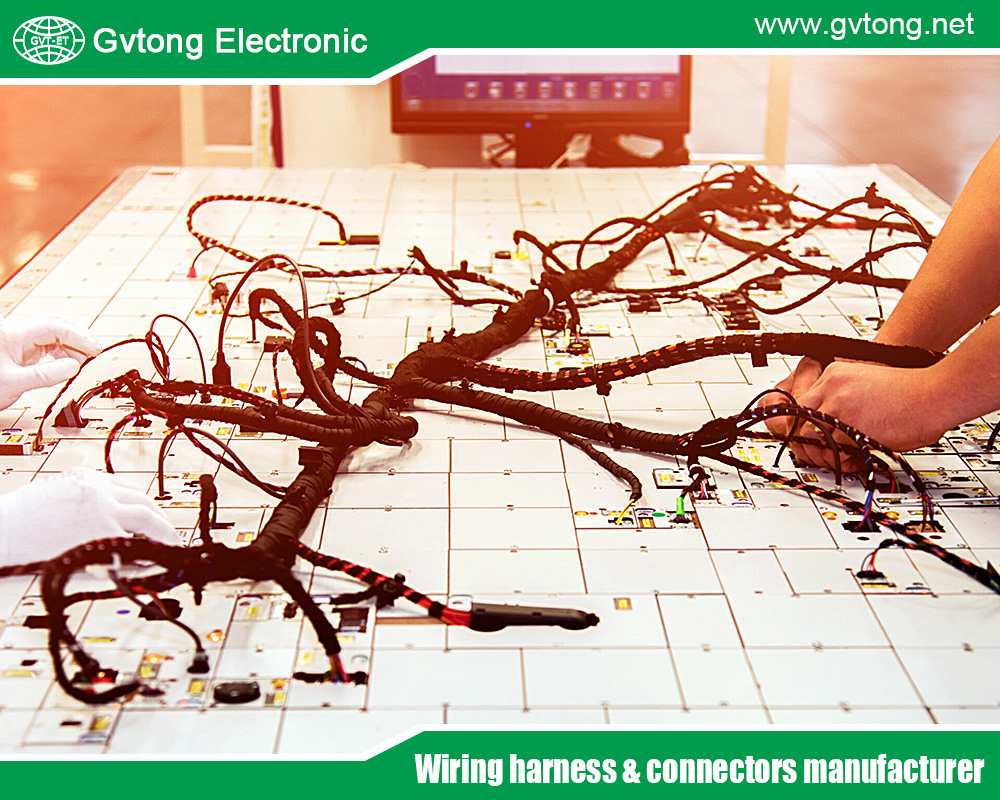
Conclusion
The 7-cavity connector, though a small component, plays a monumental role in the automotive industry’s evolution. Its ability to handle multiple circuits in a compact, durable, and versatile package makes it indispensable in modern vehicles, from EVs to autonomous platforms. Technical advantages like high terminal capacity, environmental resistance, and EMI shielding enable reliable power and data transmission, supporting critical systems like BMS, ADAS, and V2X communication. As the industry embraces electrification, autonomy, and connectivity, 7-cavity connectors are evolving through innovations in materials, miniaturization, and smart manufacturing. Despite challenges like high-voltage demands and space constraints, ongoing advancements ensure their relevance in future vehicle designs. By providing cost-effective, reliable, and adaptable solutions, 7-cavity connectors are not just supporting automotive progress—they are enabling the seamless integration of technologies that define the future of mobility.
For more about the role and technical advantages of 7-cavity connectors, you can pay a visit to Gvtong at https://www.gvtong.net/ for more info.
Recent Posts
The Best GR Series-Circular Connectors Manufacturer
The Best GD Series Combined Power Connector Manufacturer
A Guide to Selecting the Best GH Series Plastic Connector Manufacturer
How High Pressure Connectors Work?
The Best Automotive Connector Companies
Tags
Recommended Products
-

GH1000 Series-2-core plastic high voltage connector
-
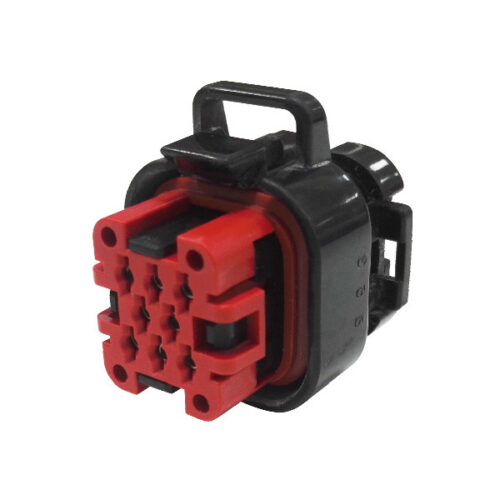
GE Series-8-core three-row signal connector
-
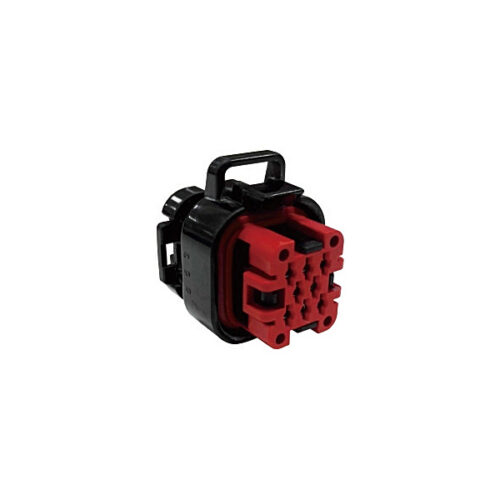
Signal connector – waterproof, three-row, 8-pin
-
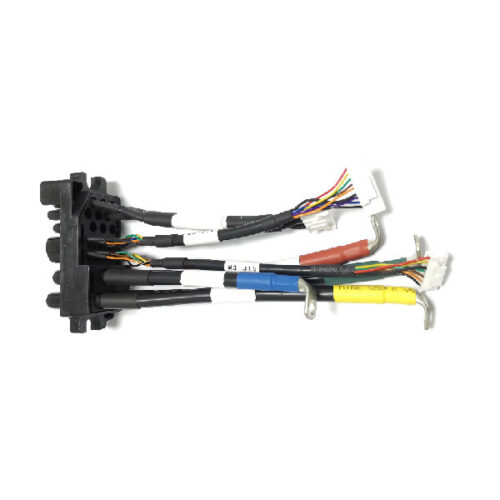
Low voltage harness
-
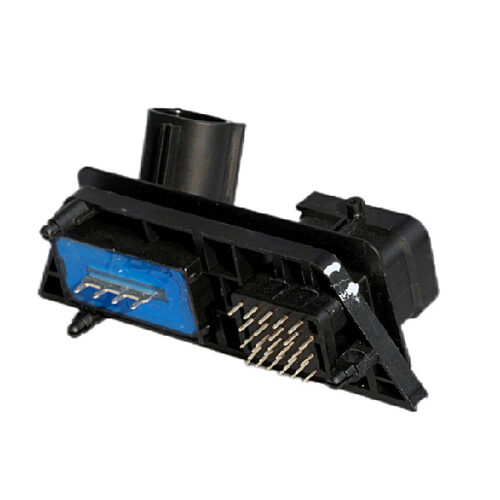
GE Series-33-core Signal Connector
-
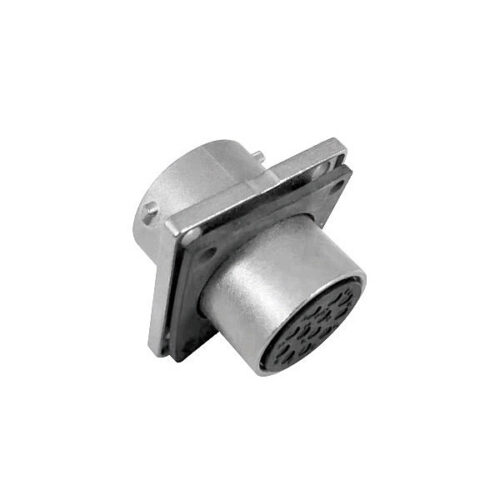
Signal connector-8 core-12#
-
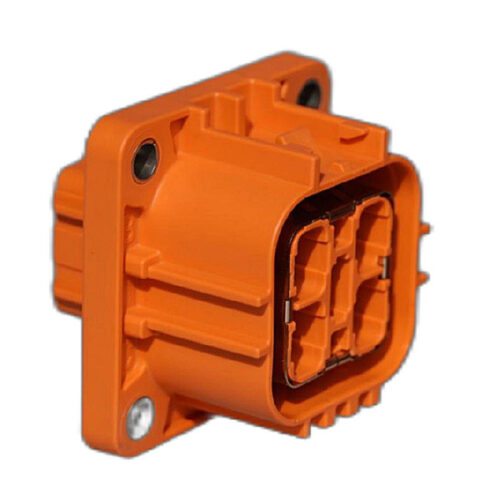
GH630 Series-4-core plastic high voltage connector
-
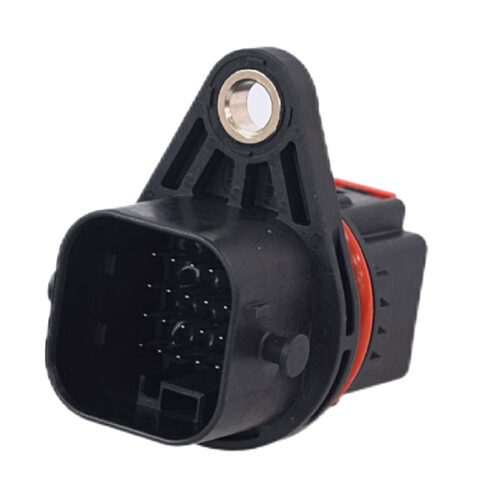
GE Series-24-core cylinder connector
